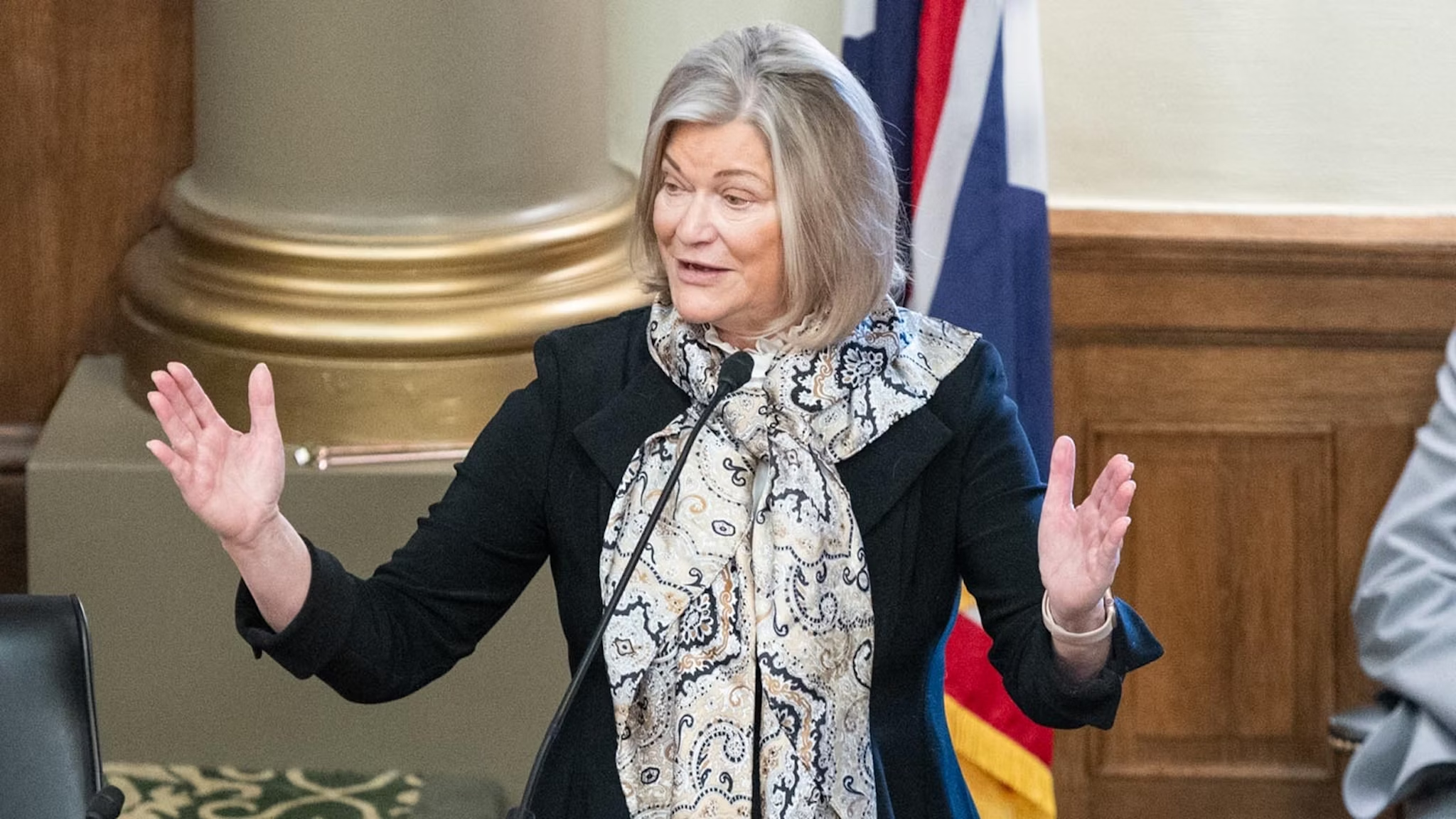Washington state doubles down on housing-first policies in 5-year plan
(The Center Square) – Washington state seems to be sticking with its housing-first approach for the most part in dealing with homelessness, based on the Department of Commerce’s recently released strategic plan outlining statewide goals over the next five years for addressing the growing unsheltered population.
Frustrated critics contend that treating homelessness as primarily an economic problem to be solved by simply providing housing to people, no matter if they have addiction or mental health issues, does not work. They point to the state’s increasing number of homeless people as proof.
In a letter to state lawmakers included with the new plan, State Advisory Council on Homelessness Interim Chair Sheila Babb Anderson said the Department of Commerce’s plan “provides a valuable roadmap for our state’s investments to prevent and end homelessness and move households into safe, stable, affordable housing.”
The Legislature requires Commerce to develop this report, including annual reports on the progress related to goals and performance measures in the State of Washington Homeless Housing Plan 2024-2029.
The 44-page plan’s key goals include completing 200,000 permanent housing units within the next four years, improving support for service provider workforces, and better coordination between behavioral health, jails, and youth services.
This collaborative approach is meant to tackle a worsening homeless problem in the Evergreen State. More than 200,000 residents – a record number – experienced homelessness or housing instability, according to the Department of Commerce’s July 2023 Snapshot of Homelessness in Washington report.
The new five-year plan notes that this is a 10% increase from July five years earlier while also pointing out that higher homelessness growth is taking place in more rural communities. According to the plan, Yakima, Whatcom, and Stevens counties reported increases of 17%, 13%, and 14%, respectively.
“The plan speaks to seeking additional investments for affordable housing to meet the 20-year comprehensive plan housing targets, which include sub-targets for additional emergency housing beds and permanent supportive housing (PSH) beds,” Penny Thomas, Commerce’s media relations manager, told The Center Square in an email. “The Housing Division at Commerce is working closely with our Local Government Division on the land use reform changes needed to ensure the needed units can be built (foundational to success).”
In March 2023, Commerce released its final housing needs projections, showing that Washington needs to add 1.1 million homes over the next 20 years. According to Commerce, more than half of them need to be affordable for low-income residents.
“Commerce has requested $1.2 billion in capital funding in support of that 20-year goal,” Thomas said.
The department plans to ask the state Legislature for the housing money needed to keep up with Washington’s projected population growth over the next two decades. According to the plan, Commerce will send its first request to lawmakers in early 2025 and make an annual request thereafter.
The Center Square asked how this new plan differs from past efforts at preventing and reducing homelessness.
“This plan expands on past plans by providing specific emergency housing and PSH unit targets,” Thomas said. “It also updates contracted performance measurements to better support high performance in service effectiveness, moving people inside, and proportionality in who is served versus who is in need.”
The plan also includes “land use reforms and regulation reform (including reducing permit times)” that “is critical and foundational to success. Funding alone is not effective when there are insufficient places to build units.”
Addiction and mental health as factors in homelessness were also factored into the new plan, Thomas said.
“Dramatic increases in drug overdose deaths in Washington point to growing problems with substance use disorder that likely contribute to the increase in unsheltered homelessness,” she explained.
Drug overdose deaths have continued to rise in Washington, according to preliminary data from the Centers for Disease Control and Prevention. According to the CDC, between May 2023 and April 2024, Washington saw nearly 3,600 overdose deaths, which is a 14% increase over the previous 12 months.
“Increases in funding for behavioral health treatment will help address the problem as facilities and trained staff are deployed,” Thomas said. “This plan includes critical initiatives to continue directly linking the homeless crisis response system to new behavioral health services and beds as they come online.”
Housing-first opponents expressed skepticism about Commerce’s plan.
“At a time when King County’s unsheltered population is set to double in less than three years, the state’s new five-year plan doubles down on the same one-size-fits-all approach that got us here,” Caitlyn McKenney, a research fellow at the Seattle-based Discovery Institute think tank’s Center on Wealth & Poverty, emailed The Center Square. “Washington needs more housing. Washington also needs an emergency response to the fentanyl crisis claiming lives on our streets every day.”
She concluded, “Conflating those two needs into a single problem with a single solution – housing – is at best foolish, and at worst fatal.”
State Sen. John Braun, R-Centralia, echoed those sentiments.
“Many of the folks on the street are trapped in a cycle of drug and alcohol addiction,” the Republican leader emailed. “Breaking this cycle is key.”
Braun said he is monitoring a new planned homeless village for Pierce County under the leadership of County Executive Bruce Dammeier and former state Sen. Steve O’Ban. The Pierce County Village is based on the Community First! Village in Austin, Texas.
Braun said that once the village is developed, “the formerly homeless will have their own homes. However, they will also have caring neighbors that live in [the] community and work with them to get the treatment they deserve and skills they need to get back on their feet.”
Effectively dealing with homelessness requires more than just providing homes, according to the senator.
“Sweeping the homeless off the street, just to allow continued drugs in the housing first model is not compassionate,” he said. “They certainly need shelter, but they also need services to break their addiction, rebuild their lives, and live with dignity again.”
The plan places a significant emphasis on equity in addressing homelessness, noting Commerce will continue efforts to reduce barriers to access to housing by focusing on historically marginalized communities: Black and indigenous households, members of the LGBTQ2S+ community, and young adults, who are disproportionately impacted by homelessness.
Under a section titled “Targeted Universalism,” the plan states, “Specific actions that promote access to housing for Black households include removing barriers to housing such as credit scores, criminal history records, and up-front deposit requirements.”
The Center Square asked for clarification on that statement.
“Targeted Universalism is an approach that identifies a universal goal (e.g., getting everyone inside) that everyone can work toward achieving; it helps identify targeted strategies to achieve the universal goal for groups of people,” Thomas answered. “Under targeted universalism, barriers are reduced for everyone, regardless of race or ethnicity. There would not be any differences based on race or ethnicity.”







